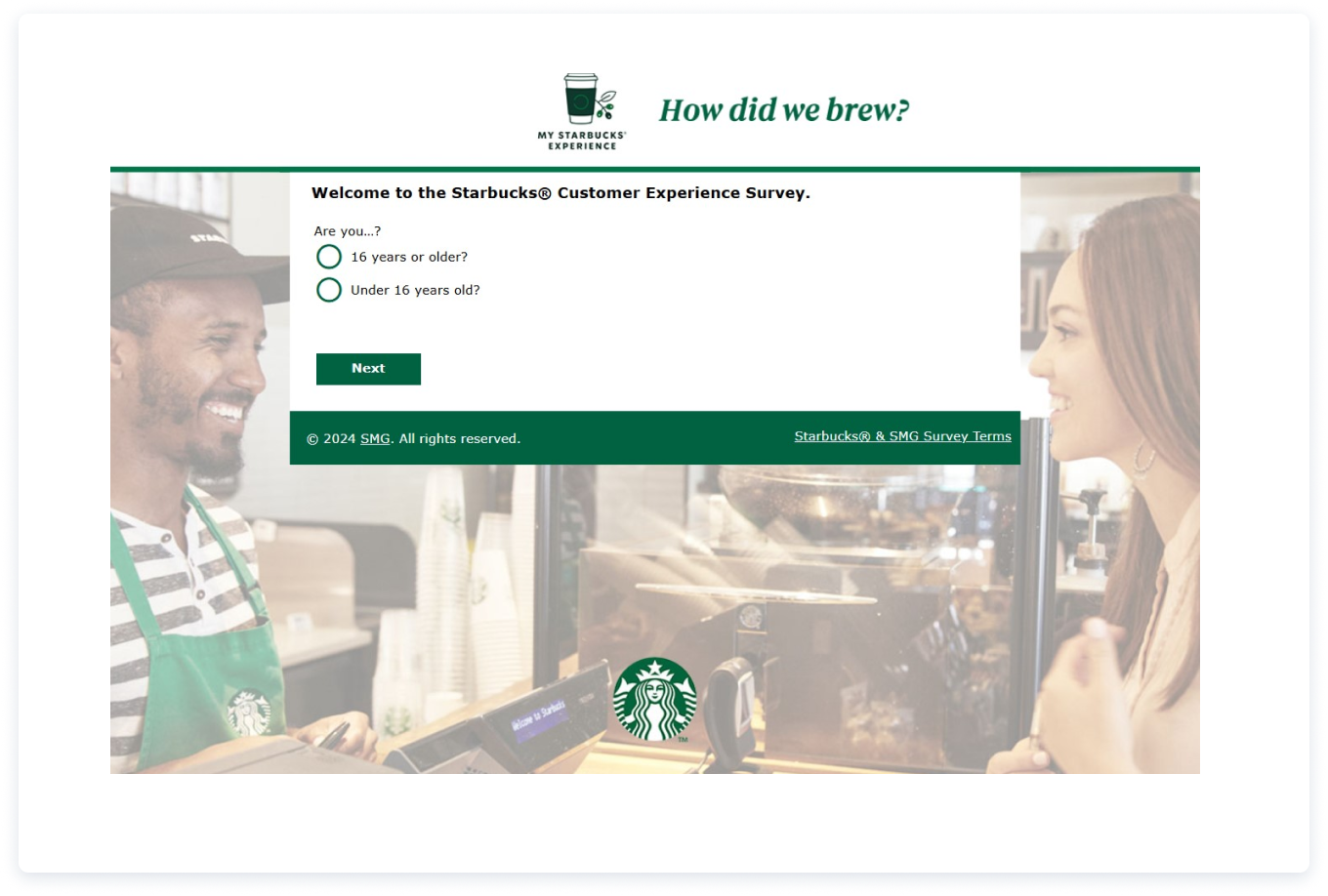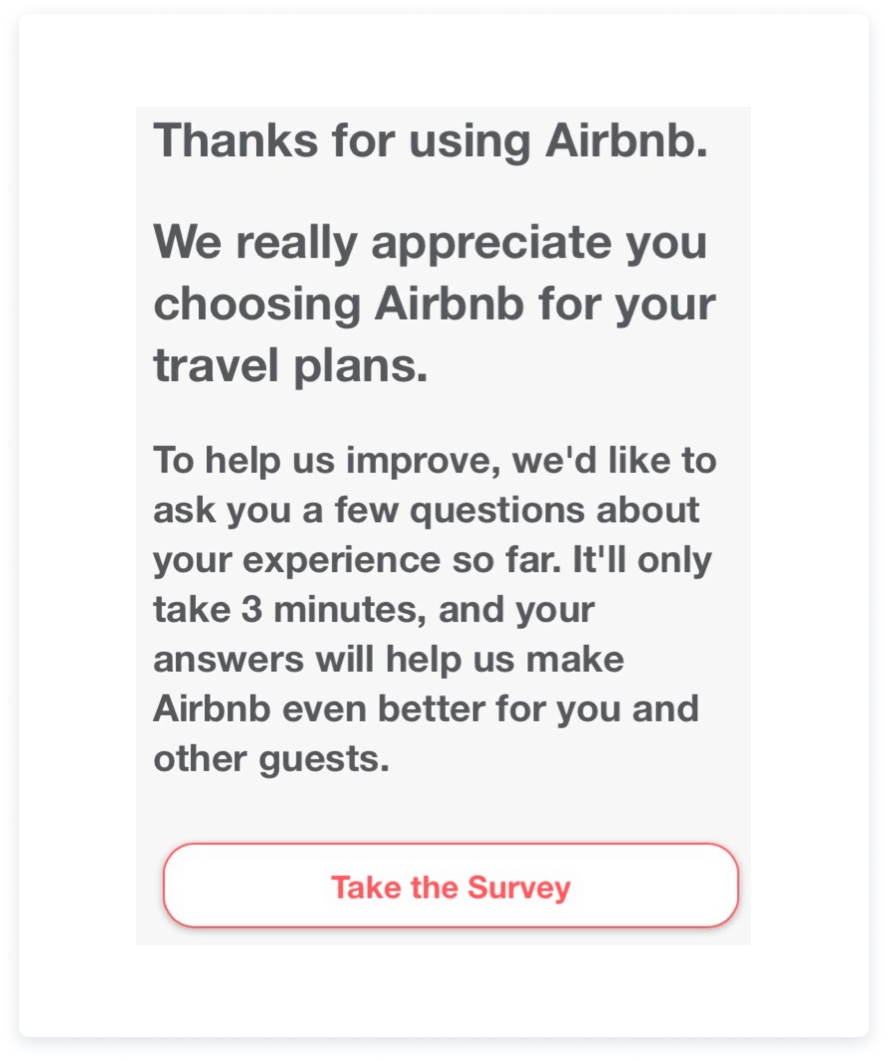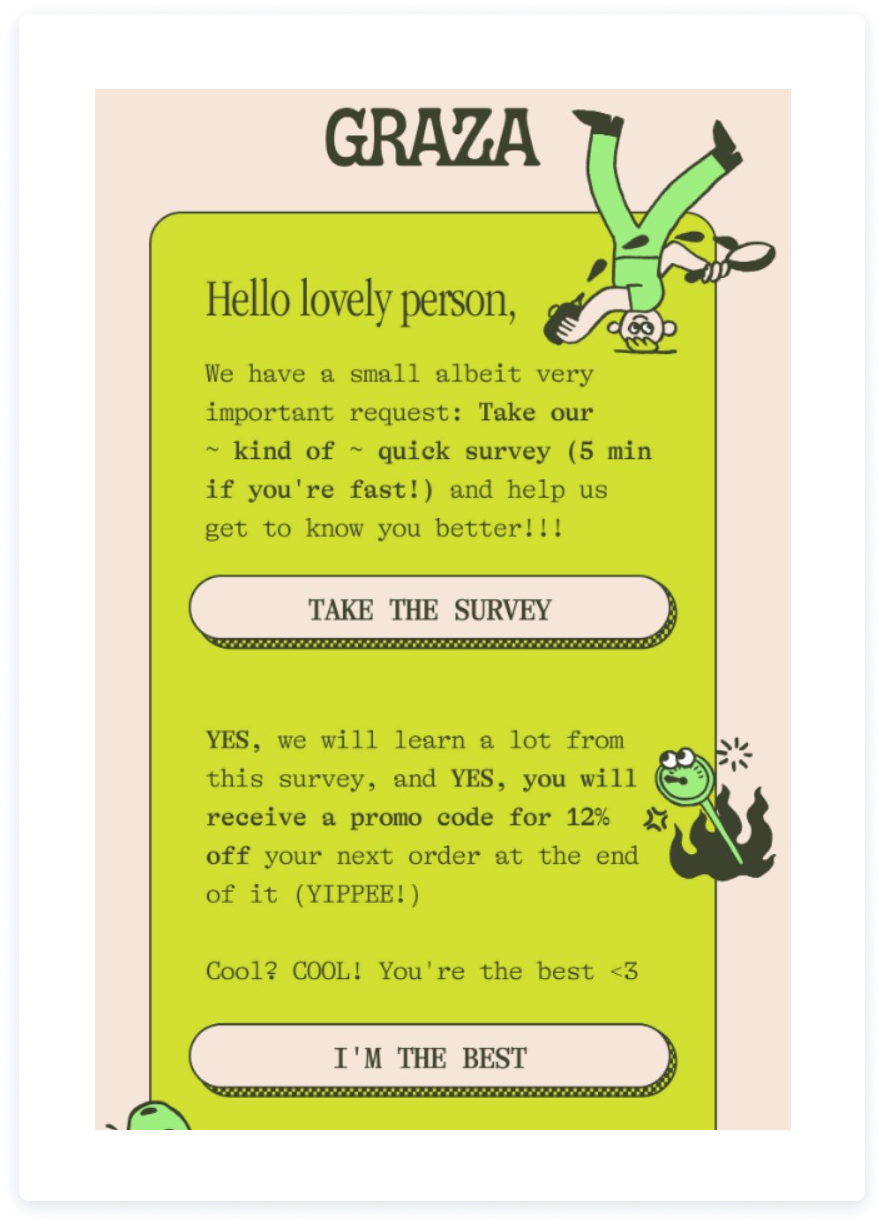Francis Bacon once said, 'A prudent question is one half of wisdom.' Indeed, asking the right questions at the right time is essential for building stronger connections—whether in our personal lives, at work, or anywhere else.
When it comes to understanding your customers’ needs, one of the most effective ways to gather insights is through customer satisfaction surveys. Whether you're a small startup or an established enterprise, asking the right questions can reveal what truly matters to your audience—and show you how you can become even more efficient for your clients.
In this post, we’ll explore best practices and effective customer satisfaction survey examples that can help you gather actionable feedback, improve your offerings, and ultimately, strengthen customer relationships. Let’s dive in!
What is a Сustomer Satisfaction Survey?
A customer satisfaction survey allows businesses to collect feedback on their customers' experiences with a product, service, or brand. The goal is to measure clients' satisfaction with various aspects of the business, such as product quality, service, pricing, and overall experience.
These surveys typically consist of questions designed to capture people’s opinions, identify areas for improvement, and gain insights into what the business is doing well. The responses help companies understand audience expectations, identify pain points, and make informed decisions to enhance the customer experience and build loyalty.
Common Сustomer Satisfaction Survey Types
When it comes to customer satisfaction, one size doesn’t fit all. Various types of surveys, from CSAT to NPS to CES, can help you capture the feedback you need.
💚CSAT (Customer Satisfaction Score): measures overall satisfaction with a specific interaction (e.g., ‘How satisfied were you with your recent purchase?’).
💚NPS (Net Promoter Score): evaluates customer loyalty by asking how likely they are to recommend the company to others.
💚CES (Customer Effort Score): measures how easy it was for customers to resolve their issue or complete their task.
Сustomer Satisfaction Survey Formats: Popular and New
Choosing the right format for your survey can make all the difference. Here are some of the most popular and effective ways to collect customer feedback.
🖥️ Website (Embedded or Pop-Up Surveys)
Many businesses embed surveys directly on their website or display them as pop-ups after specific actions (e.g., after a purchase or browsing session). As websites are key customer touchpoints, collecting feedback here ensures you get responses from users actively engaged with your interactive content, product, or service.
Surveys sent via email are one of the most common methods for collecting customer feedback. Businesses typically send survey invitations to customers who have interacted with them (e.g., completed a purchase, interacted with customer service, etc.).
Email allows businesses to reach customers directly in their inboxes, and surveys can be as detailed or short as needed. Email also offers a good way to send more personalized surveys, such as post-service follow-ups or NPS surveys. Although you shouldn't base all your survey activities only on this channel as people tend to unsubscribe from newsletters or simply don't open them. So if you have other channels we mention here, utilize them too for better results.
📱 Mobile App (In-App Surveys)
In-app surveys pop up while users are actively using a mobile app. These are usually brief and designed to minimize interaction. Mobile apps offer an opportunity to gather feedback from users in real-time while they're actively engaged with the app. This is especially useful for apps that are customer-facing, like retail, entertainment, or banking apps.
📣 Social Media
Surveys are conducted through social media platforms such as Facebook, X, Instagram, and LinkedIn, or even through messaging apps like WhatsApp. Social media is a great space to experiment with engaging marketing ideas, and companies can reach a broad audience quickly. Social media surveys can take the form of polls, quizzes, or short questionnaires.
🚀 Flipbook
Looking for an engaging new way to deliver your customer satisfaction surveys? Digital flipbooks might be the answer. Online flipbook creators like FlippingBook offer an all-in-one platform for your survey activities. You can embed surveys directly into your digital brochures, magazines, catalogs, and ebooks. No need to create a separate landing page or newsletter each time you want to carry out and share a survey—simply add the survey link in your flipbook, and you’re good to go.
Whether it’s NPS surveys, customer feedback, polls, quizzes, or feature requests, the flexibility of digital flipbooks ensures that you can gather feedback seamlessly. Want to see how it works? Check out the survey in this flipbook:
Arm & Hammer Holiday Gift Guide
Want to deliver your surveys in an engaging way?
How to add a survey to a flipbook:
- Upload a PDF to FlippingBook which turns it into an interactive publication with a lifelike page flip effect, available under the direct link.
- Choose a page where you want to add a survey and add a link from Google Forms, Microsoft Forms, or Typeform. Set it to open in a pop-up or a new tab. That’s it! Now you’re ready to share your content with your audience and receive their feedback.
Best Practices for Creating Сustomer Satisfaction Surveys
A successful customer satisfaction survey isn’t just about collecting data—it’s about asking the right questions to gain meaningful feedback. Discover the best practices for crafting surveys that lead to actionable results and drive business success:
✔️Define clear objectives: before creating a survey, identify what specific information you need. Are you measuring overall satisfaction, the effectiveness of a product, or customer service experience? Surveys can become a key element of your brand story. Ensure that your questions are designed to provide actionable data, not just general opinions.
✔️Keep the survey short and focused: respect customer time and aim for a survey length that can be completed in 5 minutes or less as people are more likely to complete shorter surveys. Focus on the most important aspects of the customer experience to keep the survey concise and prioritize customer satisfaction questions that directly relate to your business goals.
✔️Use a mix of question types:
- Closed-ended questions. These questions (e.g., multiple-choice, rating scales) are easy for customers to answer and provide quantifiable data. Examples include: ‘How satisfied were you with your experience? (1-5 scale)’, ‘Would you recommend our product to others? (Yes/No)’.
- Open-ended questions. Allow customers to provide more detailed feedback in their own words. These questions can help uncover answers that you wouldn’t have anticipated. Examples include: ‘What can we do to improve your experience?’, ‘What was the best part of your interaction with us?’
- Rating scales: use consistent scales (e.g., 1-5, 1-7) to evaluate satisfaction levels. The Net Promoter Score (NPS) method, which asks ‘How likely are you to recommend our company to others?’ on a 1-10 scale, is a popular tool for gauging overall satisfaction.
✔️Analyze and act on the feedback. Collect and categorize responses to learn your customer satisfaction score. Pay attention to patterns in the data, this will help you pinpoint areas that need improvement. Take action based on feedback—customers want to know that their feedback matters so you can share what changes or improvements you’ve made based on their responses. This shows your clients that you value their opinions and are committed to improving their experience.
Notable Examples of Сustomer Satisfaction Surveys
Looking for inspiration? See how some of the world’s top brands are using customer satisfaction surveys to improve their services and create unforgettable experiences.
#1 Starbucks

Source: Starbucks
🟠 Survey type: customer experience feedback
💙Why we like it: Starbucks uses surveys to analyze customer satisfaction with both the quality of its coffee and the service in its stores. These surveys help the company maintain its commitment to high-quality customer service. The company sends out surveys after customers make a purchase, asking for feedback on factors like beverage quality, store atmosphere, barista friendliness, and speed of service. In some cases, they also offer rewards (such as a discount or a free drink) for completing the survey.
💡 Key takeaway: Starbucks uses feedback from surveys to constantly refine its menu offerings and service standards, ensuring a consistent, high-quality customer experience.
#2 Zappos

Source: Zappos
🟠 Survey type: customer satisfaction & loyalty feedback
💙Why we like it: Zappos, an online shoe and clothing retailer, has long been known for its good customer service. The company regularly reaches out to customers to gather their feedback and improve its service offerings and ensure satisfaction. Zappos sends follow-up emails asking customers about their experience after a purchase. These emails typically offer surveys that allow customers to rate their satisfaction with product selection, shipping speed, customer support, and overall experience.
💡Key takeaway: Zappos takes a personalized approach to customer satisfaction surveys, often including the opportunity for customers to leave open-ended feedback, which allows the company to improve its services and make every customer feel valued.
#3 Airbnb

Source: Retently
🟠 Survey type: customer experience feedback
💙Why we like it: Timing is crucial in the Airbnb Net Promoter survey. Airbnb strategically sends out the survey shortly after a guest’s stay to capture fresh impressions while the experience is still vivid. The frequency of survey distribution varies but often aligns with significant touchpoints, ensuring Airbnb remains in tune with guest sentiments throughout their journey.
💡Key takeaway: Airbnb takes a versatile approach when it comes to distributing the Net Promoter survey within its extensive network. The survey is typically delivered to guests through multiple channels, including email and in-app notifications. This diverse distribution strategy guarantees that Airbnb collects feedback from guests through their preferred means of communication.
#4 Slack

Source: Really Good Emails
🟠 Survey type: customer experience & loyalty feedback
💙Why we like it: Slack is a business messaging app that helps professionals connect from anywhere. It takes customer feedback very seriously. For instance, there's a command within the application where users can send feedback to the Slack team, or just tell them what features the users would like to have. The team reads all the user feedback and makes sure they responded to every ticket raised.
💡Key takeaway: Slack’s commitment to collecting customer feedback is strong. They offer many ways for users to connect with the company and feel that their opinions matter.
Graza

Source: Really Good Emails
🟠 Survey type: customer experience & loyalty feedback
💙Why we like it: Graza, a company producing extra virgin olive oil, has a unique and friendly tone in its communications. They send out fun, engaging surveys that reflect their brand’s personality. Offering a promo code as an incentive encourages more customers to participate.
💡Key takeaway: Graza makes participating in its survey fun and rewarding. Their approach shows how a playful tone can make surveys feel less like a chore and more like an enjoyable experience.
Final Thoughts
Customer satisfaction surveys are essential for businesses seeking to improve customer experiences, build loyalty, and identify growth opportunities. Regardless of your industry, these surveys can become proactive instruments for fostering strong connections, trusting customers, and helping you grow into a better company and service.




